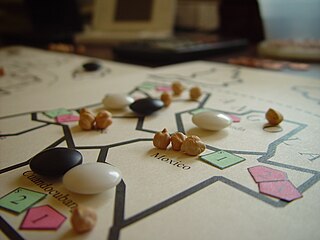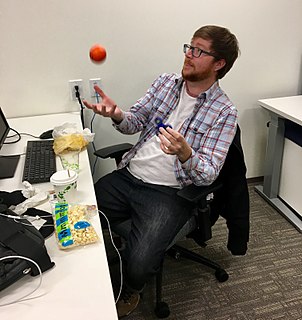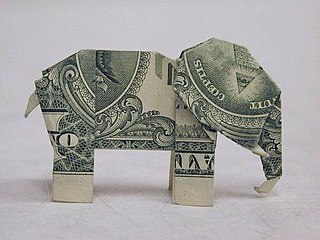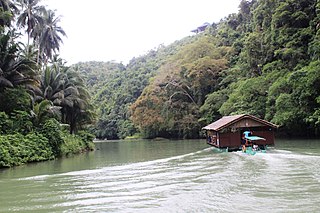 W
WAn amusement arcade is a venue where people play arcade games such as video games, pinball machines, electro-mechanical games, redemption games, merchandisers, or coin-operated billiards or air hockey tables. In some countries, some types of arcades are also legally permitted to provide gambling machines such as slot machines or pachinko machines. Games are usually housed in cabinets. The term used for ancestors of these venues in the beginning of the 20th century was penny arcades.
 W
WA factory tour is an organized visit to a factory to observe the products being manufactured and the processes at work. Manufacturing companies offer factory tours to improve public relations.
 W
WA fun run is a friendly race that involves either road running or cross country running with participants taking part for their own enjoyment rather than competition. A fun run will usually be held to raise funds for a charity, with sponsors providing the revenue to cover organisational costs. Fun runs can include novelty categories, such as wearing costumes, and age categories for child, teen, and mature. Fun runs can also be included as a side event to a marathon or other more serious races. Motorcycle, snowmobile, and other motorized vehicle events are also sometimes categorized as "fun runs". One of the biggest annual fun runs in Europe is "la Cursa El Corte Inglés" in Barcelona with about 55,000 participants.
 W
WA game is a structured form of play, usually undertaken for entertainment or fun, and sometimes used as an educational tool. Games are distinct from work, which is usually carried out for remuneration, and from art, which is more often an expression of aesthetic or ideological elements. However, the distinction is not clear-cut, and many games are also considered to be work or art.
 W
WGame design is the art of applying design and aesthetics to create a game for entertainment or for educational, exercise, or experimental purposes. Increasingly, elements and principles of game design are also applied to other interactions, in the form of gamification. Game designer and developer Robert Zubek defines game design by breaking it down to its elements, which he says are the following:Mechanics and systems, which are the rules and objects in the game Gameplay, which is the interaction between the player and the mechanics and systems Player experience, which is how users feel when they’re playing the game
 W
WGoofing off is a slang term for engaging in recreation or an idle pastime while obligations of work or society are neglected. Common obligations neglected in the course of goofing off include schoolwork, paid employment, social courtesies and the expectations of relations. Goofing off at school is considered to be a regular behaviour in the Western world, which is engaged in by all students at one time or another.
 W
WThe history of games dates to the ancient human past. Games are an integral part of all cultures and are one of the oldest forms of human social interaction. Games are formalized expressions of play which allow people to go beyond immediate imagination and direct physical activity. Common features of games include uncertainty of outcome, agreed upon rules, competition, separate place and time, elements of fiction, elements of chance, prescribed goals and personal enjoyment.
 W
WMasturbation is the sexual stimulation of one's own genitals for sexual arousal or other sexual pleasure, usually to the point of orgasm. The stimulation may involve hands, fingers, everyday objects, sex toys such as vibrators, or combinations of these. Mutual masturbation is masturbation with a sexual partner, and may include manual stimulation of a partner's genitals, or be used as a form of non-penetrative sex.
 W
WMoneygami is a term that arose as a portmanteau of the words money and origami. It refers to shaping paper currency, such as Indian rupees and United States dollars, into pieces of art. The concept has been popularized by individuals such as Japanese pop artist Yosuke Hasegawa, who has had his work featured at an exhibition at the Tadu Art Gallery, and its creation can function as cultural commentary on the value that materialistic societies place on money. For example, one piece by Hasegawa involves Chairman Mao Zedong's folded head wearing a cowboy hat in a double image, based on Andy Warhol's famous picture of Elvis Presley.
 W
WOrigami is the art of paper folding, which is often associated with Japanese culture. In modern usage, the word "origami" is used as an inclusive term for all folding practices, regardless of their culture of origin. The goal is to transform a flat square sheet of paper into a finished sculpture through folding and sculpting techniques. Modern origami practitioners generally discourage the use of cuts, glue, or markings on the paper. Origami folders often use the Japanese word kirigami to refer to designs which use cuts.
 W
WA river cruise is a voyage along inland waterways, often stopping at multiple ports along the way. Since cities and towns often grew up around rivers, river cruise ships frequently dock in the center of cities and towns.
 W
WSand art is the practice of modelling sand into an artistic form, such as a sand brushing, sand sculpture, sandpainting, or sand bottles. A sandcastle is a type of sand sculpture resembling a miniature building, often a castle.